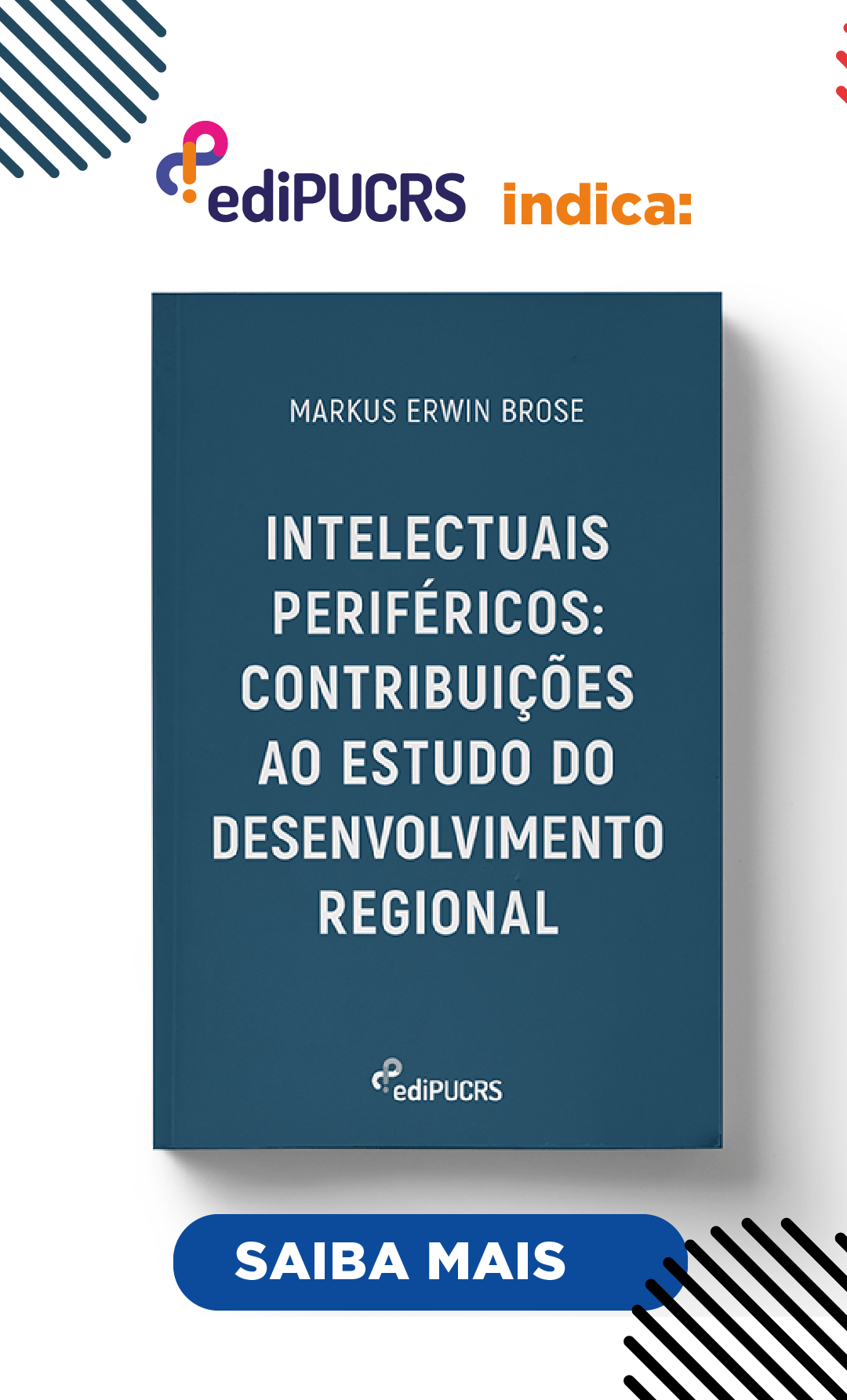(A)tendiendo los rizomas
Cómo la investigación de los juegos de barrio con los niños y niñas puede afectar y verse afectada por las políticas y prácticas de manera transcalar en el contexto del programa ‘Play Sufficiency Duty’ del gobierno de Gales
DOI:
https://doi.org/10.15448/1984-7289.2023.1.42098Palabras clave:
Juego de niños y ninãs, Espacio público, Participación, RizomasResumen
Los autores se basan en sus experiencias de investigación sobre el programa Play Sufficiency Duty del gobierno de Gales para discutir como las condiciones del programa y su implementación para que los niños jueguen en sus vecindarios, se desarrollan de maneras rizomáticas que pueden ser planificadas e inesperadas. A partir de ejemplos de investigaciones vecinales con niños y ninãs, los autores sugieren cuatro dimensiones de la participación infantil (entendida como la capacidad de afectar y ser afectada): primero, ver el juego como una forma de participar en la producción del espacio público; segundo, participar en la investigación e influir en la planificación y en el diseño a nivel hiperlocal; tercero, las formas en que esta investigación afecta a los investigadores y otros; y cuarto, cómo las historias que emergen de la investigación se propagan en formas rizomáticas que afectan la dicha política y la práctica en múltiples escalas interrelacionadas.
Descargas
Citas
Bodén, Linnea. 2021. On, to, with, for, by: ethics and children in research. Children’s Geographies. https://doi.org/10.1080/14733285.2021.1891405.
Burchardt, Jeremy. 2020. Far away and close to home: children’s toponyms and imagined geographies, c. 1870-1950. Journal of Historical Geography 69: 68-79. https://doi.org/10.1016/j.jhg.2020.05.005.
Carroll, Penelope, Octavia Calder-Dawe, Karen Witten, and Lanuola Asiasiga. 2018. A prefigurative politics of play in public places: children claim their democratic right to the city through play. Space and Culture 22 (3): 294-307. https://doi.org/10.1177/1206331218797546.
Dallimore, David. 2019. ‘I learn new things and climb trees’: what children say about play in wales. Cardiff: Play Wales.
Deleuze, Gilles, and Félix Guattari. 1988[2004]. A thousand plateaus: capitalism and schizophrenia. London: Continuum.
Factor, June. 2004. Tree stumps, manhole covers and rubbish tins: the invisible play-lines of a primary school playground. Childhood 11 (2): 142-54. https://doi.org/10.1177%2F0907568204043049.
Freeman, Claire. 2019. Twenty-five years of children’s geographies: a planner’s perspective. Children’s Geographies 18 (1): 110-21. https://doi.org/10.1080/14733285.2019.1598547.
Gill, Tim. 2021. Urban playground: how child-friendly planning and design can save cities. London: Riba.
Harker, Christopher. 2005. Playing and affective time-spaces. Children’s Geographies 3 (1): 47-62. https://doi.org/10.1080/14733280500037182.
Hart, Roger. 1979. Children’s experience of place. New York: Irvington.
Horton, John, and Peter Kraftl. 2017. Three playgrounds: researching the multiple geographies of children’s outdoor play. Environment and Planning A 50 (1): 214-35. https://doi.org/10.1177%2F0308518X17735324.
Ingold, Tim. 2007. Lines: A brief history. Abingdon: Routledge.
Jans, Marc. 2004. Children as citizens: towards a contemporary notion of child participation. Childhood 11 (1): 27-44. https://doi.org/10.1177%2F0907568204040182.
Kyttä, Marketta, Melody Oliver, Erika Ikeda, Ehsan Ahmadi, Ichiro Omiya and Tiina Laatikainen. 2018. Children as urbanites: mapping the affordances and behavior settings of urban environments for finnish and japanese children. Children’s Geographies 16 (3): 319-32. https://doi.org/10.1080/14733285.2018.1453923.
Lefebvre, Henri. (1969) 1996. Writings on cities. Oxford: Blackwell.
Lefebvre, Henri. (1970) 2003. The urban revolution. Minneapolis: University of Minneapolis Press.
Lester, Stuart. 2013. Rethinking children’s participation in democratic processes: a right to play. In Youth engagement: the civic-political lives of children and youth. Sociological Studies of Children and Youth, 16, edited by Sandi Kawecka Nenga and Jesica K. Taft. 21-43. Bingley: Emerald Group Publishing.
Lester, Stuart. 2020. Everyday playfulness: a new approach to children’s play and adult responses to it. London: Jessica Kingsley.
Lester, Stuart, and Wendy Russell. 2008. Play for a change: play, policy and practice – A review of contemporary perspectives. London: National Children’s Bureau.
Lester, Stuart, and Wendy Russell. 2013. Leopard skin wellies, a top hat and a vacuum cleaner hose: an analysis of Wales’ play sufficiency assessment duty. Cardiff: Play Wales.
Massey, Doreen. 2005. For Space. London: Sage.
Massumi, Brian. 2002. Parables for the virtual. Durham: Duke University Press.
Mayes, Eve. 2019. The mis/uses of ‘voice’ in (post) qualitative research with children and young people: histories, politics and ethics. International Journal of Qualitative Studies in Education 32 (10): 1191-1209. https://doi.org/10.1080/09518398.2019.1659438.
Pyyry, Noora. 2015. ‘Sensing with’ photography and ‘thinking with’ photographs in research into teenage girls’ hanging out. Children’s Geographies 13 (2): 149-63. https://doi.org/10.1080/14733285.2013.828453.
Pyyry, Noora. 2016. Participation by being: teenage girls hanging out at the shopping mall as dwelling with the world. emotion, Space and Society 18: 9-16. http://dx.doi.org/10.1016/j.emospa.2016.01.006.
Russell, Wendy. 2020. Children’s right to the good city. Urban Design 156: 16-8.
Russell, Wendy, Mike Barclay, Ben Tawil, and Charlotte Derry. 2020. Making it possible to do play sufficiency: exploring the conditions that support local authorities to secure sufficient opportunities for children in Wales to play. Cardiff: Play Wales.
Tawil, Ben, and Mike Barclay. 2020. Play sufficiency as an organising principle of community development. In Community development for social change, edited by Dave Beck, and Rod Purcell. Abingdon: Routledge.
Descargas
Publicado
Cómo citar
Número
Sección
Licencia
Derechos de autor 2023 Civitas: revista de Ciências Sociais

Esta obra está bajo una licencia internacional Creative Commons Atribución 4.0.
El envío de originales para esta revista implica la transferencia, por parte de los autores, de los derechos de publicación impresa y digital. Los derechos de autoría para los artículos publicados son del autor, con derechos de la revista sobre la primera publicación. Los autores solamente podrán utilizar los mismos resultados en otras publicados indicando claramente esta revista como el medio de la publicación original. En virtud de ser una revista de acceso abierto, se permite el uso gratuito de los artículos en aplicaciones educacionales y científicas, desde que se cite la fuente (por favor, vea a Licencia Creative Commons a pie de esta página).





